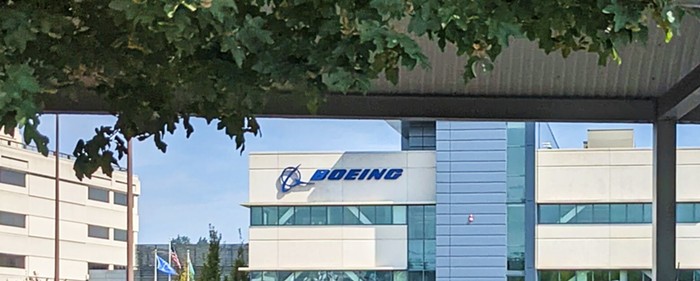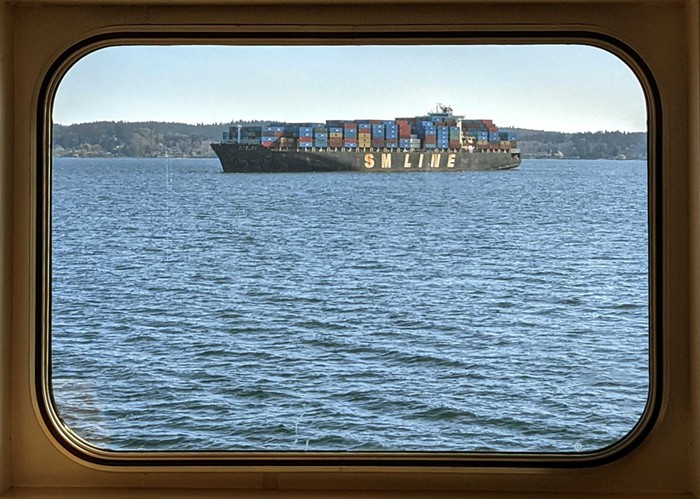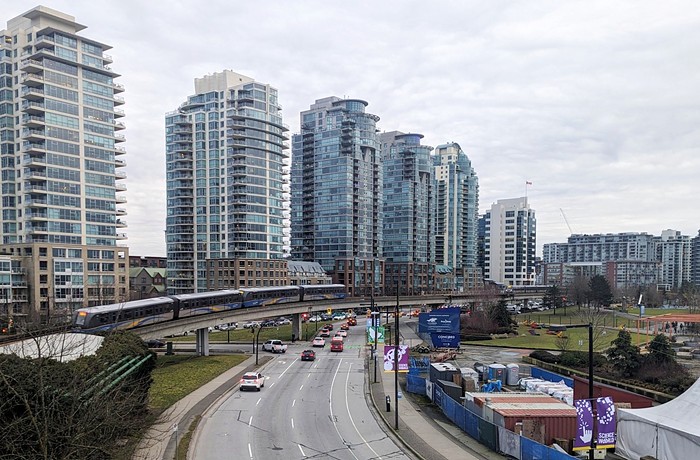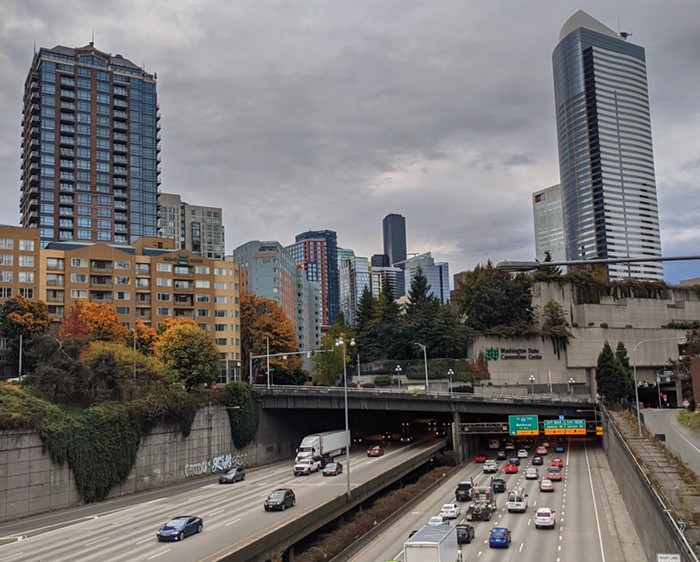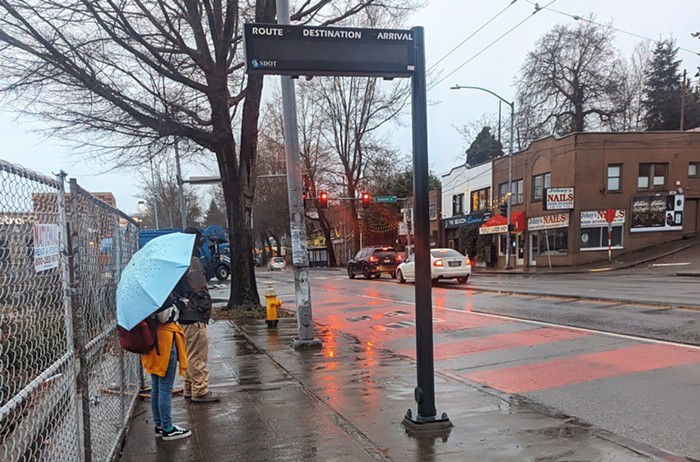
Dearest Martha,
The Great War on Cars has entered its 135th grueling year, but at long last there seem to be signs that the tide may have turned in our favor, lending hope to all that the great automobile army may finally be defeated once and for all—or if not eradicated, at least contained.
Out here on the front lines, we have witnessed a few silver linings in recent months, with streets liberated for community use. The citizenry could not stand being cooped up inside, and once released from their commutes, the troops witnessed a gradual awakening to the fact that miles upon miles of paved open space lay before them, leading to a great cry of: “Wait … this is only for cars??? That’s dumb.”
Astoundingly, this time civic leaders actually paid attention and transformed a handful of streets, wrenching them from the clutches of The Enemy. Allow me to regale you and the children with tales of Seattle’s slow transformation into a livable, walkable, car-free city throughout 2020, and where our battles might wage in 2021.
First, of course, there were the Stay Healthy Streets—like cleaned-out arteries for the city’s circulatory system. We won around 24 miles of them this year. And yes, they were flawed in various ways, like with light-weight signs that drivers would just shove out of the way. (Better signs are coming soon.) And they fell far short of the gorgeous 130-mile proposal put together by local advocates like the African American Leadership Forum, El Comite, and others.
But Seattle was also the first city in the country to announce that most of those Stay Healthy Streets will be made permanent. And the city just liberated a new section of Lake Washington Boulevard. For now, the plan is to close it back down on January 4th… but I would not be surprised if it turns into one of those “oh, we just decided to extend it another week … and another … and another” situations.
Lake Washington Blvd info signs are up. Creating space for people to walk and roll during the holidays: December 18- January 4. https://t.co/R2PFFwElrN pic.twitter.com/clJhdS9lJG
— Dongho Chang (@dongho_chang) December 16, 2020
(There was, incidentally, an incredible moment at a commission meeting recently when NIMBY neighbors argued that it’s an act of injustice to allow pedestrians to use Lake Washington Boulevard because that prevents marginalized people from taking “pleasure drives”—WHAT EVEN???)
The city also—after loooooong delays—improved street-seating, allowing restaurants to reclaim some of the space outside their businesses for, you know, actually doing business instead of providing taxpayer-subsidized car storage. Nearly a hundred businesses have taken advantage of that program so far, though as the weather gets cold and restaurants make their seating areas increasingly insulated, it’s starting to get a little unclear how seating people inside a cozy tent or shed qualifies as “outdoors.”
The city’s also phasing out some beg-buttons from crosswalks, and as of this year now about three-quarters of intersections will feature automatic walk signals rather than forcing you to press a button and wait. A nice big thank-you to Seattle Neighborhood Greenways for pushing hard for that innovation.
We’re a long way from declaring victory, of course. The city still refuses to consider my proposal that we restrict downtown vehicular access to cars that are driven by sticking your legs through the floor and running really fast like Fred Flintstone. Maybe that’s not practical. But neither is killing hundreds of people every year.
So where do we go from here? Well, now that we’ve managed to squeeze out a few victories in the war, there are lots of areas where pedestrians can advance: Sidewalks are still too narrow, for example, and should be expanded all over the city. Speed limits should be dropped, with calming measures like speed humps and chicanes that slow cars down to safer speeds. For some reason, we’re not erecting 30-story buildings around transit hubs or using congestion pricing to offset the high cost of traffic. And oh my God, how is jaywalking—disproportionately enforced against Black people—still considered a crime???
So that’s where we stand in the War on Cars. With any luck, the generals say we might return home from the front in a year or two, or maybe forty or fifty. Our new leader, Peter “Hiram” Buttigieg, has given us a glimmer of hope because he once saw a bicycle that he liked. That’s something I guess. Give my best to everyone back on the farm,
All my love,
Bartholomew (your bicycle)
